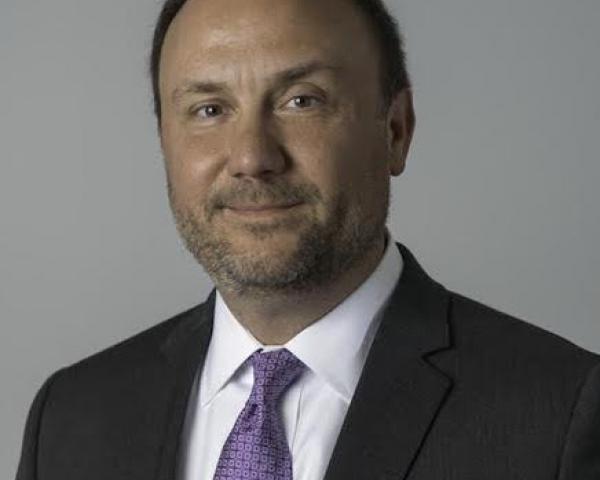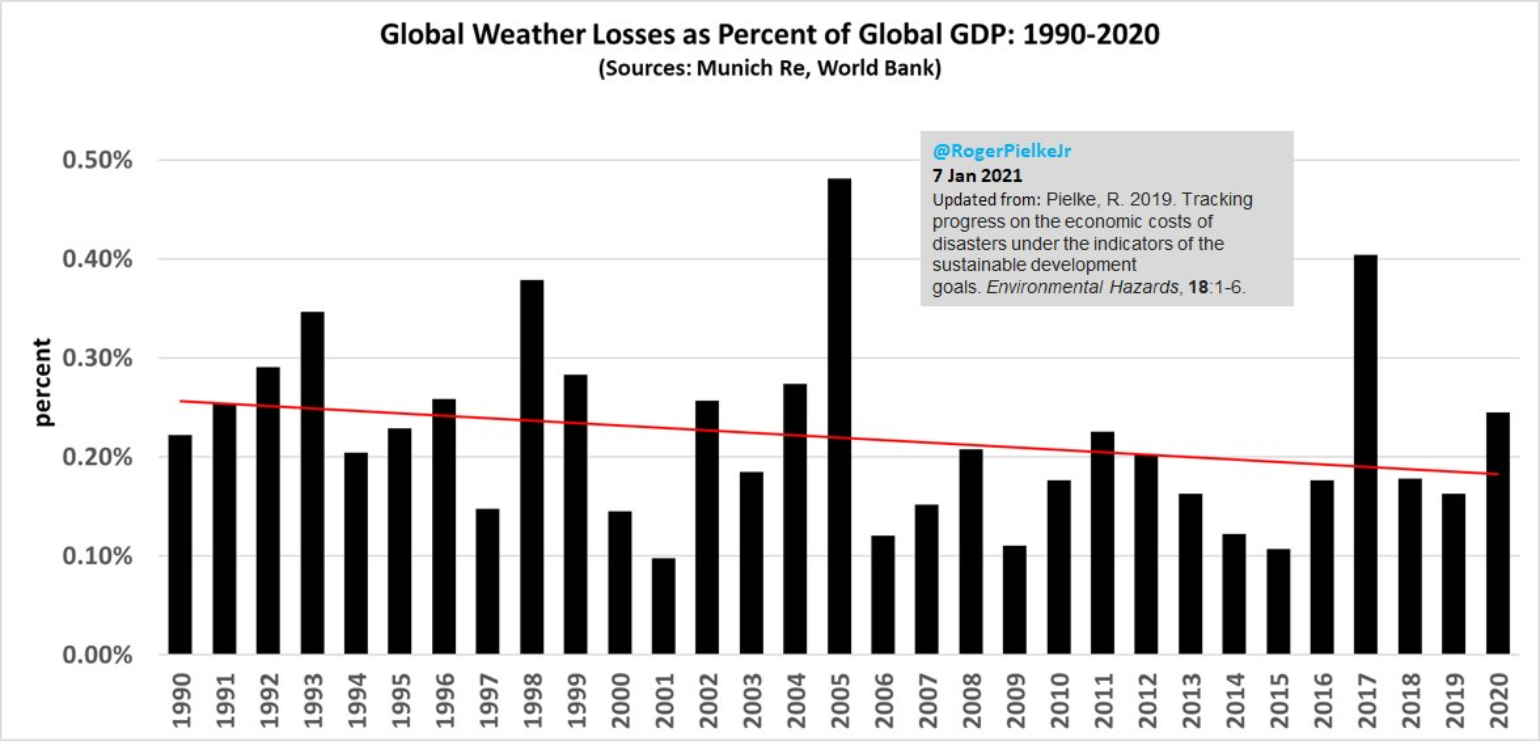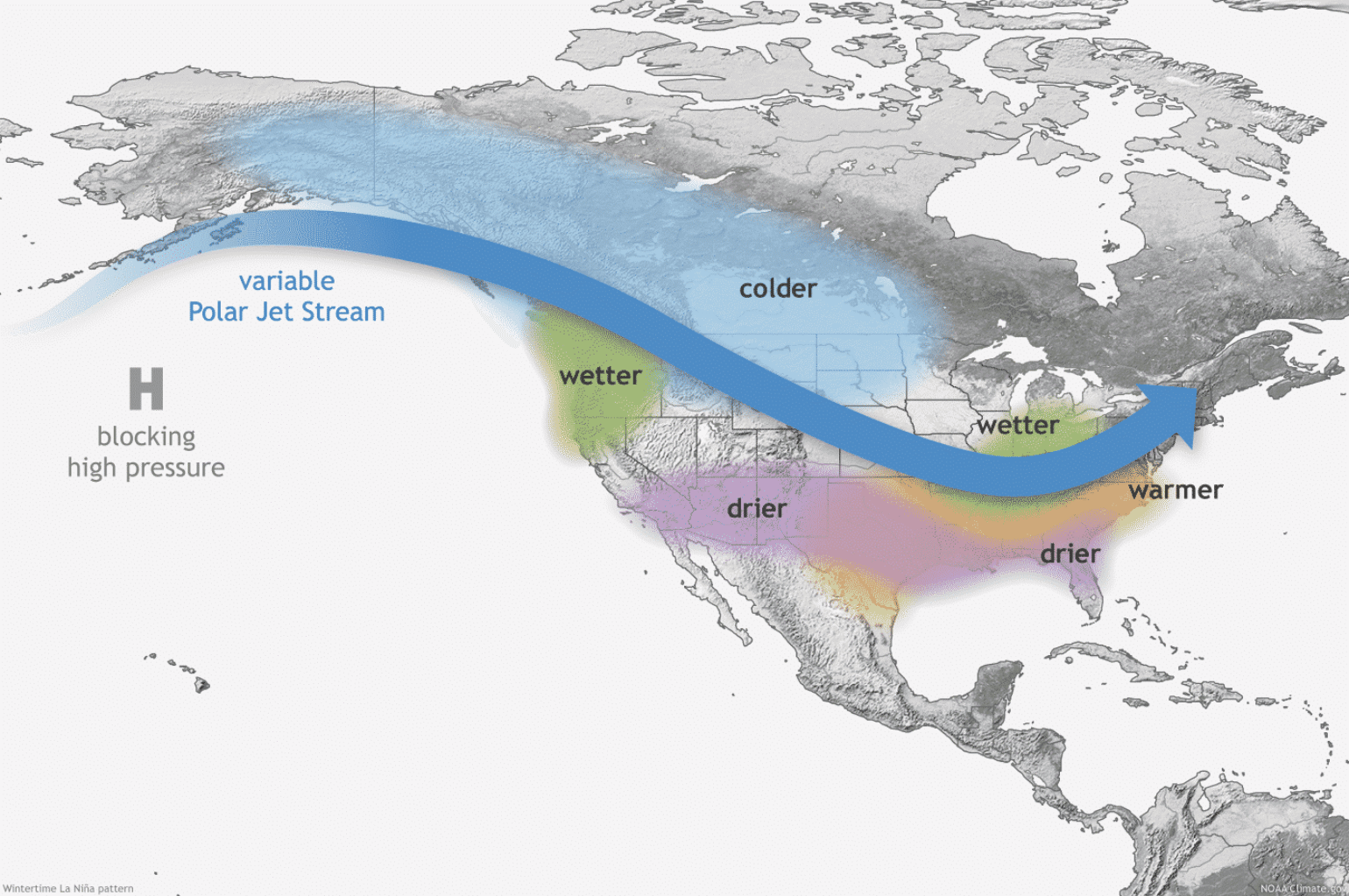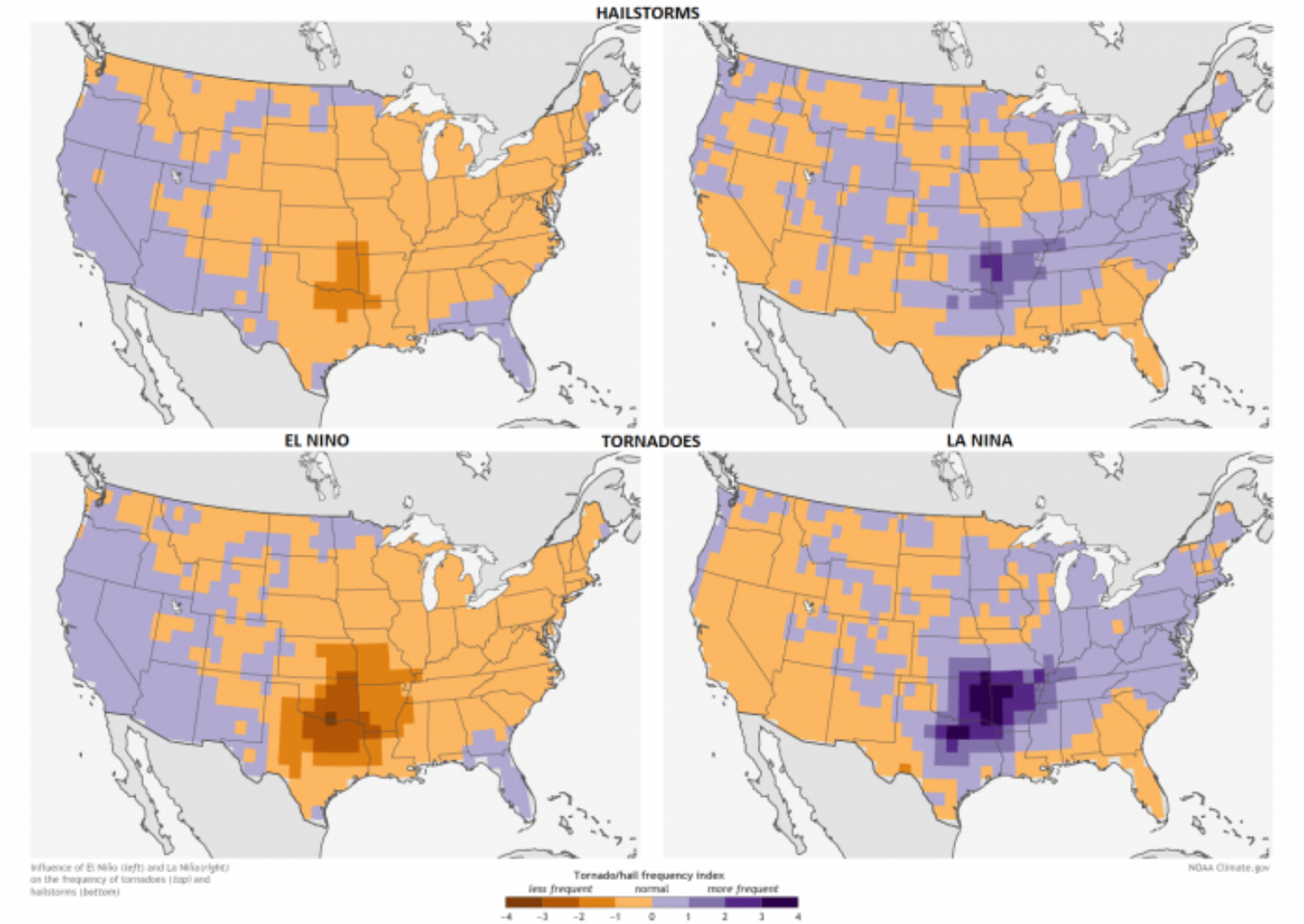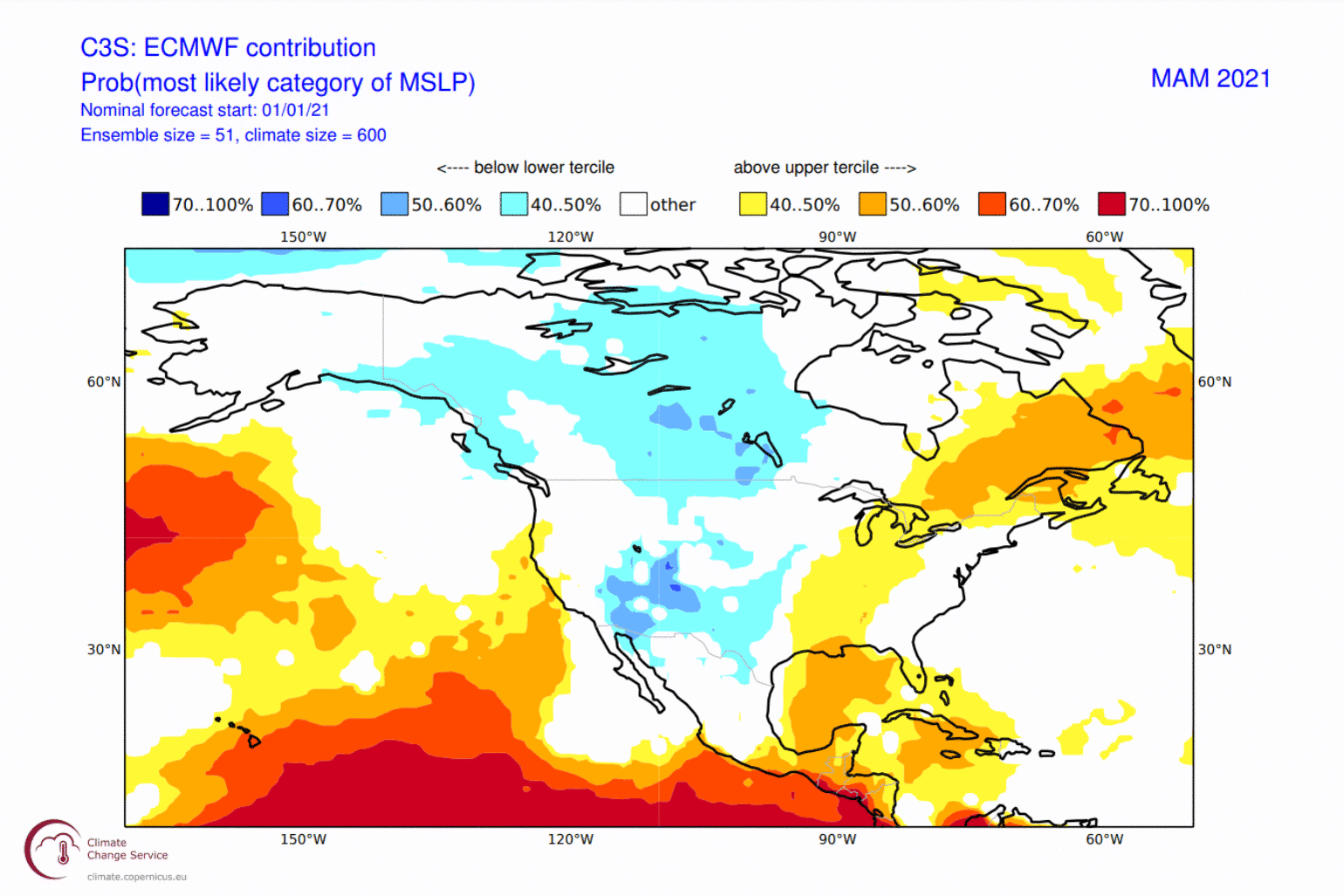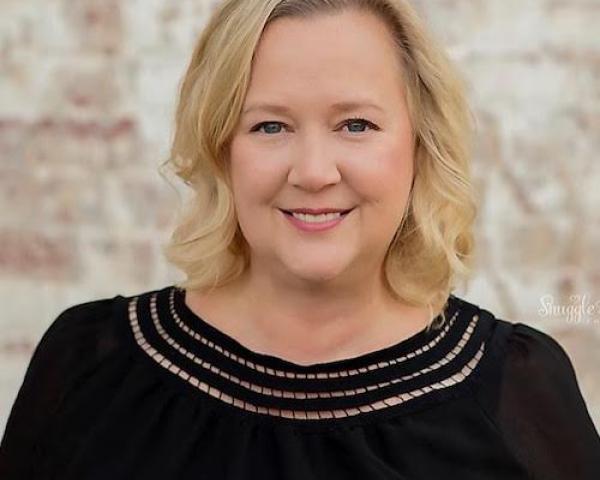Drought spells disaster for farmers across the developing world. Most lack insurance because conventional crop insurance is too expensive (where it is available at all). No rain means no income, no food and not enough resources to replant next year. With many countries from sub-Saharan Africa to Southeast Asia already facing an abnormal recurrence of climate risks, natural disasters around the world caused $232 billion of economic losses last year. Only a small fraction of this was covered by insurance.
Many developing economies depend on improving the productivity and resilience of sectors, including agriculture and tourism, that are vulnerable to climate hazards such as cyclones, heat waves, droughts and flooding. With economic losses from catastrophes growing faster than insured losses, adapting individuals and economies to climate-related impacts has become a major societal priority, outranking other risks like aging populations, terror attacks and social unrest. New insurance products designed to create disaster-risk-financing mechanisms, where no other risk-transfer tool is available, are increasingly being seen as part of the solution in closing this protection gap.
Many of these products are parametric, as opposed to indemnity, otherwise referred to as traditional, insurance. Increasingly recognized as a valuable form of transfer for climate and other natural disaster risks, parametric insurance contracts are based on objective and transparent indices, such as cyclone wind speed, earthquake shaking intensity or amount of rainfall, and payments start to be made as soon as the index reaches a preset threshold. As no costly visits are required to assess the losses, payouts can be made quickly to hard-to-reach insureds in remote locations. Crucially, protection against unpredictable but potentially devastating risks -- previously unthinkable with traditional insurance -- is now possible.
Rapid relief
For the insured, ease of use, speed, certainty of amount of payout (without dispute) and the resulting ability to plan ahead ensure more rapid relief when disaster strikes, which in turn increases financial resilience.
For the insurer, parametric insurance allows for a more scientific pricing of products that respond to specific isolated parameters, rather than the physical losses that might result from any number of a wide range of occurrences. Together with lower claims management costs, this scientific approach makes lines of business commercially viable that were not previously.
Contrast this with a complex insurance claim on a traditional policy, which may take a long time to adjust and be paid, due to the need to develop claim details and financial components as well as address issues like valuation and other conditions.
A hard sell
This does not solve the issue of how to persuade people in Africa, who are generally somewhat insurance-averse, to buy insurance. This form of risk management requires a certain level of prosperity, as it means spending money on something you hope you will never need.
However, this challenge can be surmounted. African governments and policymakers understand the cost-benefit analysis, combined with the experience from developed countries showing that insurance can play a cost-effective role in a country’s efforts to increase disaster resilience.
The African Risk Capacity (ARC), launched by the African Union in 2013, demonstrates what is possible. Set up as a mutual (known as ARC Ltd.), and designed to provide rapid payouts to covered nation state members, initially for droughts but planned to include floods, tropical cyclones and epidemics, the insurance pool started with four countries and now has a dozen or so policyholders and 34 member states. ARC has become highly efficient in pooling risks and their transfer at very low marginal cost to the global reinsurance markets and now protects tens of millions of people.
This is a remarkable achievement when you consider that until recently the concept of selling droughts in Africa to the global reinsurance market would have been unthinkable.
Insuring the ‘uninsurable’
Parametric insurance solutions have mostly been used in the reinsurance space around catastrophe risks, but the boundaries defining what is "uninsurable" are being increasingly pushed to new limits. A policy covering hurricane-related damages to coral reefs was purchased in 2018 to cover a part of the vast Mesoamerican Reef along Mexico’s Yucatán Peninsula. Once verified, the agreed policy would be paid within one week. Such a rapid disbursement of funds is crucial as much of the initial reef repair following a severe storm needs to be done very quickly to avoid further damage and set up a successful recovery.
See also: Increasing Regulation on Climate Change
Not just for developing countries
These same innovative parametric applications being adopted in emerging economies also have significant potential in developed markets. In contrast to emerging economies, where the problem is more likely due to cover being unavailable, businesses in developed countries are increasingly seeking protection against losses for which traditional insurance is not best-suited.
Emerging climate risks are a key driver behind this growing demand for more innovative insurance products in both the public and private sectors. The impact from a crop loss following a major weather event or supply chain delays is smaller in developed markets, but still significant. The Bank of England, for example, downgraded its expected first quarter GDP growth from 0.4% to 0.3%, following the impact on businesses from the "Beast from the East" – the cold weather snap that hit the U.K. in the winter of 2018.
Whether it’s reducing the protection gap, financing resilient infrastructure or improving risk management and return optimization across the financial sector, insurance technology and innovation has a decisive role to play in responding to climate risk and smoothing the world’s transition. While protection gaps remain an issue as greater costs are borne by the uninsured, these gaps are closing slowly. Innovative risk transfer structures and new products based on parametric triggers have a key role to play and will continue to help increase resilience of households and companies to growing climate risks.





